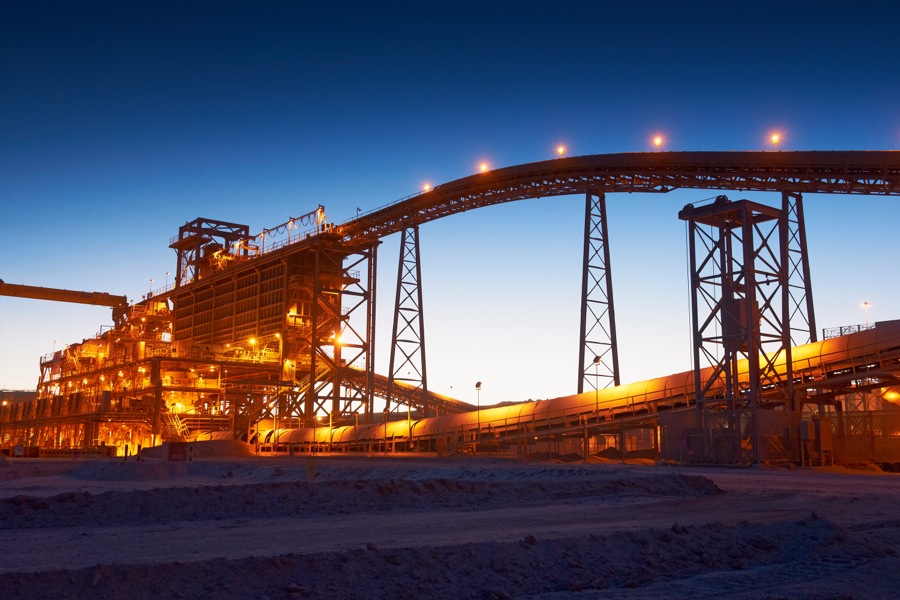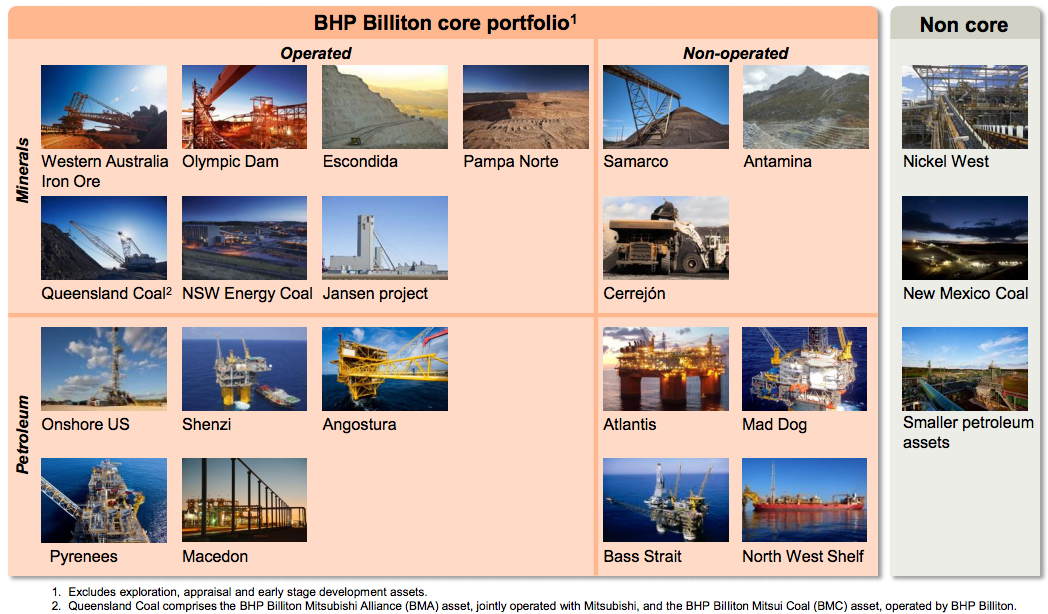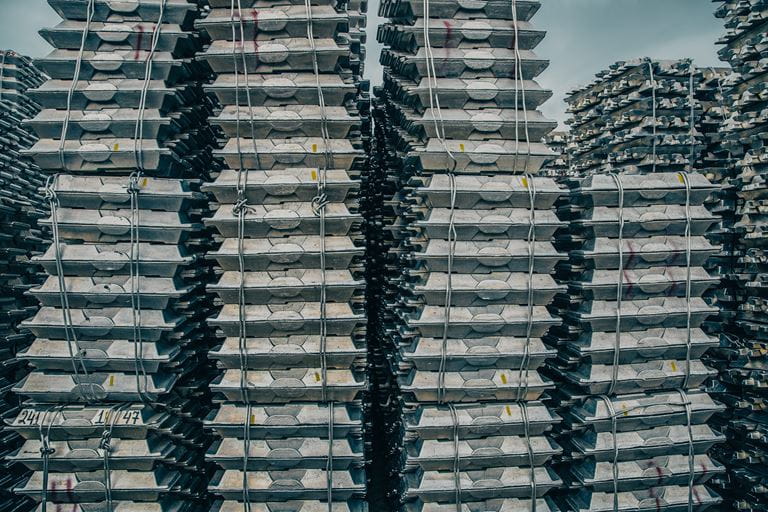BHP warns more cost cuts, management shake up before demerger
Mining giant BHP Billiton (ASX, NYSE:BHP) (LON:BLT) warned Monday of further cuts to capital expenditure and a major shake-up of its senior management in the wake of its demerger plans, as the company moves to lower costs amid weak commodity prices.
In the much-anticipated markets briefing, the world’s largest miner by market value said it would trim spending by $1bn to $13bn in the 2016 financial year, potentially creating more cash for shareholder returns.
The Melbourne-based miner now expects annual productivity-led gains of $4bn by mid-2017, compared with mid-2014, up $500 million from a previous estimate. BHP believes it can meet this goal by cutting $2.6 billion in cash costs and pushing for higher volumes from existing operations.
“Improved capital productivity gives us additional flexibility (…) We are reducing the cost of bringing on new production and can lower our investment without slowing volume growth,” said BHP’s chief executive Andrew Mackenzie in a statement.
But analysts don’t seem to believe the announced measures will be enough to deliver a round of share buybacks or special dividends by February.
Clarke Wilkins, director of metals and mining research at Citi in Sydney, said the market had shifted from debating when BHP starts its capex cuts to the “touchier question” of whether its progressive dividend can be maintained given the tumbling price of key commodities such as iron ore and oil.
“[The] investor presentation again highlighted differentiation against peers who cut progressive dividends, so we expect BHP to move heaven and earth by reducing costs and capex further, before any change to the dividend policy,” Wilkins said in a note.
Executive shake up
Mackenzie also outlined a management reshuffle, as the mining group is next year poised to spin off non-core assets into a separate diversified mining company.
Mike Henry, president of safety, marketing and technology, will switch places with Dean Dalla Valle, president of the coal division in 2015.
Daniel Malchuk, who heads BHP’s aluminum manganese and nickel division — expected to be spun off next year—,will become president of the copper operations, taking responsibility for the group’s Olympic Dam copper and uranium mine in southern Australia.
Copper is the new iron ore
BHP made no secret of its plans to increase in copper production as a way to buffer its exposure to the commodities most affected the economic slowdown: iron ore, coal and oil.
At its Olympic Dam, the company is considering an expansion that could increase copper output to 450,000 metric tons a year in mid-2024, from about 185,000 tons produced in the last financial year. According to chief financial officer Peter Beaven said that plan, coupled with $4 billion in new equipment under construction at the company’s Escondida mine in Chile, could yield hundreds of thousands of additional tonnes of copper per year.
While the company did not unveil the name of its demerged company, the proposed chairman of the new firm, David Crawford, said significant progress had been made.
“We will announce the name and proposed directors before shareholders are asked to vote on the proposal,” he said.
BHP confirmed that the demerger idea had already received the blessings of the Australian Tax Office and the Australian Foreign Investment Review Board.
Images and graphs, courtesy of BHP Billiton.
{{ commodity.name }}
{{ post.title }}
{{ post.date }}






Comments